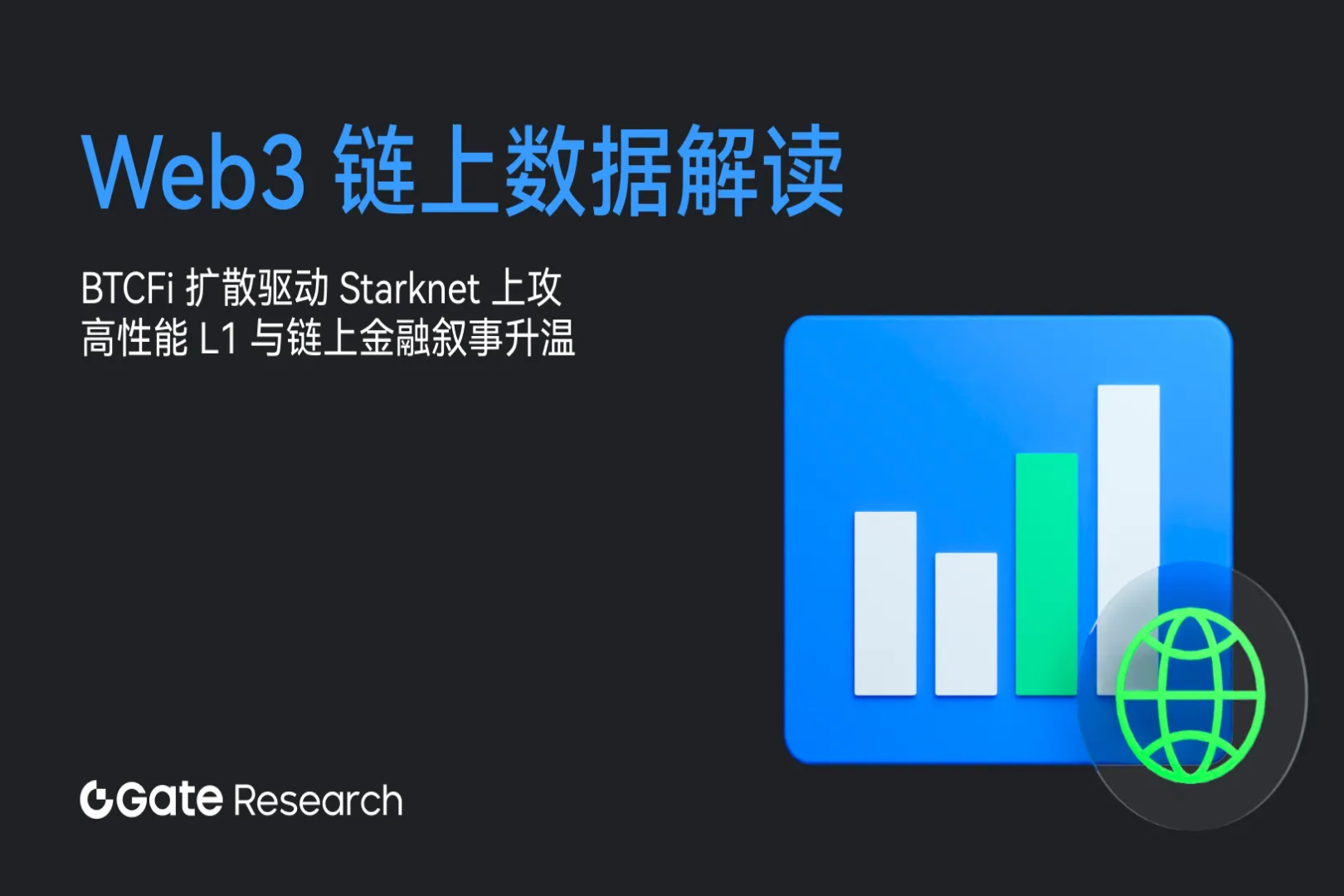ETH is about to reach a new high. Which "Ethereum" Alpha projects are worth paying attention to?
- 核心观点:以太坊生态项目利好频出,12个Alpha项目值得关注。
- 关键要素:
- BMNR囤积120万枚ETH,机构资金加速涌入。
- Ethena计划回购2.6亿美金ENA,年化收益或超10%。
- Pendle TVL突破90亿美元,月涨幅超30%。
- 市场影响:推动以太坊生态繁荣,吸引更多资金入场。
- 时效性标注:短期影响。
Original author: Biteye core contributor viee
Original editor: Biteye core contributor Denise
Recently, the price of ETH has approached its historical high, and institutional funds have been pouring in at an accelerated pace.
Against this backdrop, several Ethereum ecosystem projects have seen positive news. In this article, we've selected 12 Alpha projects and analyzed their latest progress.
01 BMNR
Led by Tom Lee, BitMine Immersion (NYSE: BMNR), a US-listed company, has accumulated 1.2 million ETH, valued at $5.03 billion, making it the world's largest ETH holder. Furthermore, the company plans to continue purchasing ETH, aiming to acquire 5% of the global ETH supply and staking its holdings to earn returns. Therefore, BMNR is undoubtedly a powerful vehicle for investing in Ethereum.
BMNR's aggressive strategy has also attracted the endorsement of Wall Street shareholders. Cathie Wood's ARK Invest spent approximately $182 million to acquire approximately 4.77 million shares of Bitmine common stock, of which $177 million will be used to purchase Ethereum. Well-known investor Bill Miller also invested in BMNR, comparing it to ETH MicroStrategy. Peter Thiel's Founders Fund also disclosed a 9.1% stake.
Benefiting from the rise in ETH prices, BMNR's stock price has continued to strengthen recently, nearly doubling since August.
02 Ethena
Recent sentiment has been fueled by Ethena's newly established division, StablecoinX, which plans to repurchase $260 million worth of ENA within six weeks, representing 8% of the circulating supply and pumping up the price daily. More importantly, the fee switch has been approved, and a portion of future protocol revenue will be distributed directly to sENA holders. Tokenomist's scenario simulations conservatively estimate that sENA's annualized return could reach 4%, and in an optimistic scenario, even exceed 10%.
In addition to positive developments within the protocol, in early June, Coinbase announced support for ENA and launched USD trading pairs, making it one of the few synthetic stablecoin projects to list it. Meanwhile, the Ethena ecosystem continues to grow, partnering with yield farming protocols like Pendle to embed USDe into more DeFi strategies, increasing sticky yields.
In the long run, Ethena is expanding Converge Chain, launching the compliant stablecoin USDtb, and gradually building a diversified income system to enhance its anti-cyclical capabilities.
03 Pendle
Pendle has recently performed exceptionally well, with its TVL exceeding $9 billion on August 13th, a record high. Its token price briefly approached $6, a month-on-month increase of over 30%, far outperforming the broader market.
The logic is as follows:
1. The launch of Boros, which converted BTC/ETH perpetual contract funding rates and other factors into tradable assets, quickly attracted a significant user base and became a core growth driver for Pendle V3. According to statistics, Boros attracted over $1.85 million in BTC and ETH deposits in its first two days, driving a sharp increase in Pendle's TVL.
2. Pendle has deeply integrated with protocols such as Ethena and Aave, and launched strategies such as PT-USDe, which contributed almost 60% of Pendle's TVL.
3. Since 2025, approximately US$41 billion of institutional funds have poured into DeFi. The Citadels compliance program launched by Pendle has provided convenience for institutional funds and accelerated the rise in TVL.
04 Uniswap
As the leading DEX, Uniswap has two major favorable catalysts in 2025: the official launch of version V 4 and the launch of its exclusive second-layer network "Unichain".
1. The launch of V4 enables developers to leverage Hooks to create customized pools and strategies, enhancing the protocol's vitality. Currently, over 2,500 Hook pools have been deployed, and projects leveraging Hooks, such as Bunni and EulerSwap, have achieved cumulative trading volumes exceeding US$100 million. These innovations have revitalized Uniswap.
2. Uniswap plans to build a dedicated ecosystem through Unichain. Currently, Unichain accounts for over 70% of daily active transactions. This not only expands the user base but also diversifies reliance on a single chain, improving risk resilience.
05 Fluid
In early August, Fluid's trading volume briefly surpassed Uniswap, reaching $1.5 billion in a single day, slightly higher than Uniswap's $1.3 billion during the same period. Fluid's innovative liquidity layer converts lending pool collateral into trading liquidity, significantly improving capital utilization efficiency. This model enables Fluid to achieve impressive trading volumes despite its relatively low TVL.
The logic is as follows:
1. Unleashing Massive Liquidity: Fluid cleverly leverages the collateral and debt in lending pools directly as liquidity for trading pairs, effectively killing two birds with one stone. While users deposit ETH or stablecoins into Fluid and earn interest, these assets are used to provide trading depth and generate additional fees. More importantly, Fluid's liquidity layer automatically adjusts the share of each asset allocated for trading based on lending utilization and dynamically increases collateral requirements when funds approach lending limits to mitigate the risks of runs and margin calls. This design significantly reduces fund fragmentation and improves the turnover efficiency of each unit of liquidity.
2. Rapid Development: Fluid has experienced rapid growth since its launch in 2023, becoming the fastest-growing DEX on Ethereum, achieving $10 billion in cumulative trading volume in just 100 days. The upcoming launch of a more efficient "lite" exchange is expected to increase daily trading volume by an additional $400-600 million. This rapid product iteration and the resulting value growth of the FLUID token are driving significant growth.
3. Rising market recognition and valuation potential: With rising trading volume, FLUID's price jumped 14% in a single day in early August. Even after this surge, its circulating market capitalization remains around $290 million, significantly lower than Uniswap, making it a relatively undervalued and high-growth asset.
06 Lido
As Ethereum's largest liquid staking protocol, Lido is poised for a new wave of growth in 2025. Currently, Lido's TVL is approaching $41 billion, accounting for 26% of the total DeFi TVL.
Through this analysis, we can see that Lido is digging deeper into its moat. More and more applications are accepting stETH as collateral or a means of payment, increasing its liquidity and demand. For example, lending protocols such as Aave already support stETH as a collateral asset, and stablecoins such as Curve also offer stETH trading pairs. StETH is rapidly integrating into all corners of DeFi.
07 Aave
As of now, Aave TVL has climbed to approximately US$38.9 billion, nearly doubling from the beginning of the year, accounting for nearly a quarter of the entire DeFi TVL, and firmly ranking first in the lending market.
The stablecoin narrative has become popular this year. The supply of GHO stablecoin launched by Aave has increased from approximately US$146 million to approximately US$314 million, an increase of more than 100%, and has been gradually expanded to networks such as Arbitrum and Base. Aave's voice in the stablecoin field is expected to continue to rise.
Furthermore, Aave has been making frequent partnership announcements recently. On one hand, it launched the Horizon project to expand its RWA channel, and on the other, it partnered with Plasma to launch an institutional incentive fund, aiming to attract more financial companies to migrate their operations to the blockchain. This series of initiatives has solidified Aave's position as an institutional-grade DeFi lending gateway.
08 Curve
The decentralized stablecoin crvUSD launched by Curve is celebrating its second anniversary and has performed very well.
As Curve's over-collateralized stablecoin, crvUSD, after two years of development, has been widely integrated into major DeFi protocols and can even be used for everyday payments. Thanks to its unique LLAMMA automatic liquidation mechanism, crvUSD demonstrates excellent resilience to market fluctuations, maintaining a 1:1 peg while maximizing the value of the collateral. In the first half of this year, rising DeFi interest rates pushed the annualized yield on crvUSD (scrvUSD) savings to nearly 8%, with an upward trend.
Although there are security concerns, after experiencing incidents such as DNS hijacking attacks, the Curve team quickly migrated to a new domain name and advocated the use of anti-censorship methods such as ENS and IPFS to provide front-end services.
In addition, Curve founder Michael Egorov is developing a new yield protocol "Yield Basis" to provide sustainable yields for BTC and ETH on the chain. The Curve ecosystem may expand to RWA.
09 SKY
USDS, a stablecoin issued by MakerDAO (Sky), currently ranks fourth in market capitalization. It utilizes an over-collateralized model, requiring a higher-value crypto asset to be locked up before minting. Recently, the GENIUS Act prohibited stablecoins from paying direct interest. USDS generates income from collateralized assets participating in on-chain staking and liquidity mining, rather than direct dividend payments, which circumvents the regulation to some extent. sUSDS currently boasts an annualized return of nearly 5%, offering significant advantages in a US inflation environment of 2.7%.
Currently, mainstream institutions such as Coinbase have launched SKY and USDS transactions in July, which also marks a key step for Maker towards traditional finance.
10 Spark
Since April, Spark's TVL has surged by over 200%, currently standing at approximately $8.2 billion, ranking it eighth among DeFi protocols. This massive influx of incremental capital has directly boosted market confidence in Spark, sending SPK prices rapidly rebounding to new highs.
Looking back, Spark was very popular when it was first launched, attracting a large number of users to pay attention and participate in early transactions. The sudden increase in trading volume brought about price fluctuations. In addition, the simultaneous opening of trading on leading platforms such as Binance and Coinbase injected considerable liquidity into SPK.
More importantly, Spark, backed by MakerDAO's multi-billion dollar reserves and years of stable synthetic asset ecosystem, is a rare DeFi project born with a silver spoon in its mouth. Therefore, Spark products have a high safety margin from the outset, providing confidence for institutional and large investors to enter the market.
Looking ahead, Spark has a comprehensive product portfolio that can support diverse revenue scenarios. Its current product line includes SparkLend, SparkSavings, and SLL, encompassing nearly every element of the DeFi revenue cycle.
11 Chainlink
Chainlink, a leading oracle provider, recently launched the Chainlink Reserve, a new mechanism that automatically converts service fees paid by businesses and DApps into LINK and deposits them into an on-chain reserve pool. Over $1 million worth of LINK has already been accumulated, providing a steady stream of future revenue and reducing selling pressure on LINK. Officials have stated that the reserve will not be withdrawn for several years and will be used to support the long-term growth of the network. This can be considered a deflationary "burn" of LINK.
In addition, as of August, the Chainlink network and its oracles have secured more than $93 billion in DeFi value, a record high, including more than 83% of Ethereum's on-chain assets and almost 100% of the assets of new chains such as Base.
Chainlink also recently reached a partnership with ICE, the parent company of the New York Stock Exchange, to seamlessly introduce its foreign exchange and precious metals data onto the chain.
12 Pengu
Last month, PENGU made a comeback with the NFT+Meme narrative, and the well-known institution Canary Capital submitted an ETF application - the Canary Spot PENGU ETF, with 80-95% of the proposed investment portfolio consisting of PENGU and 5-15% consisting of Pudgy Penguins NFT.
After the news that the SEC officially accepted the ETF application came out, the market's expectations for the "Penguin ETF" became optimistic.



